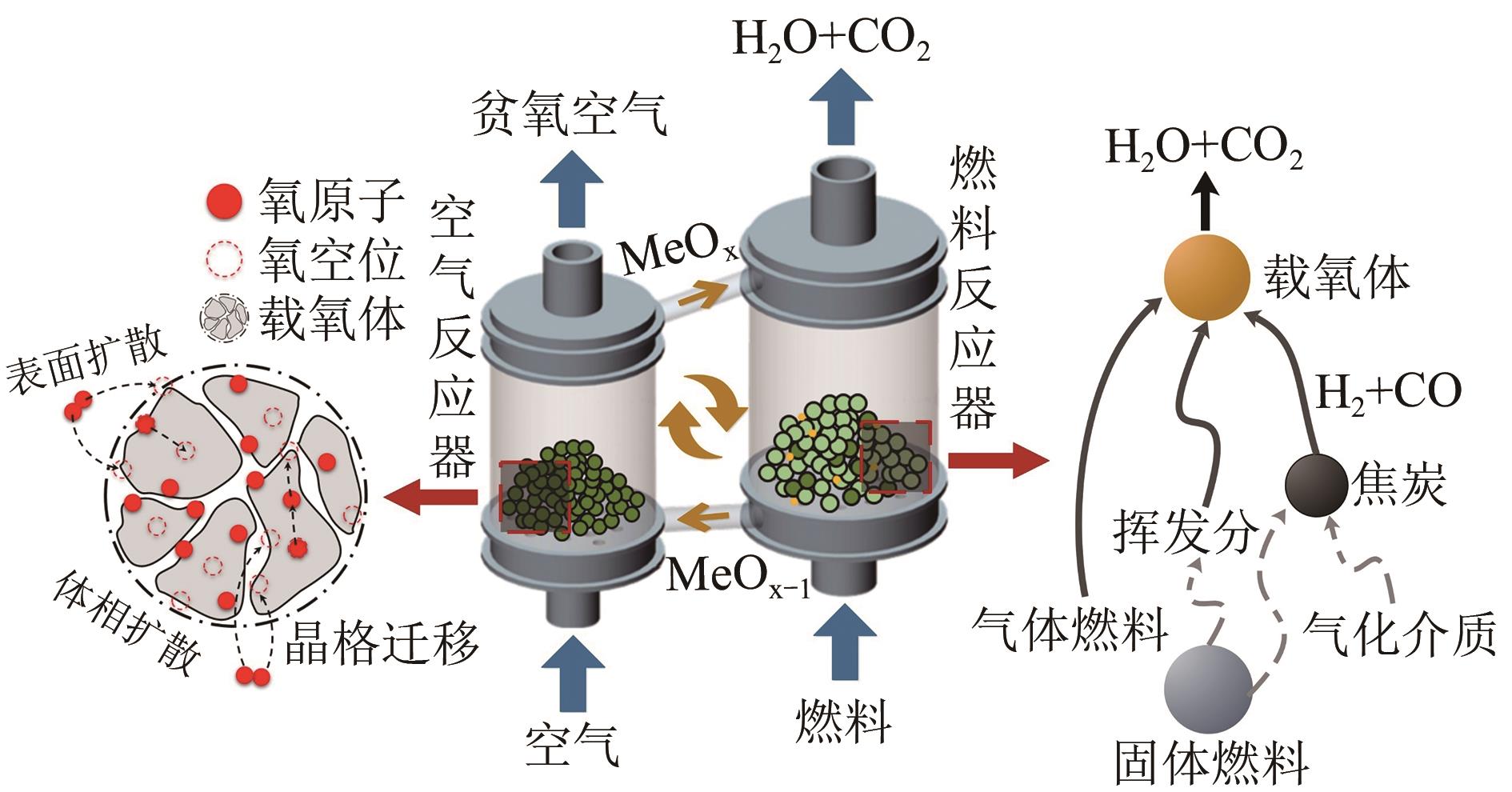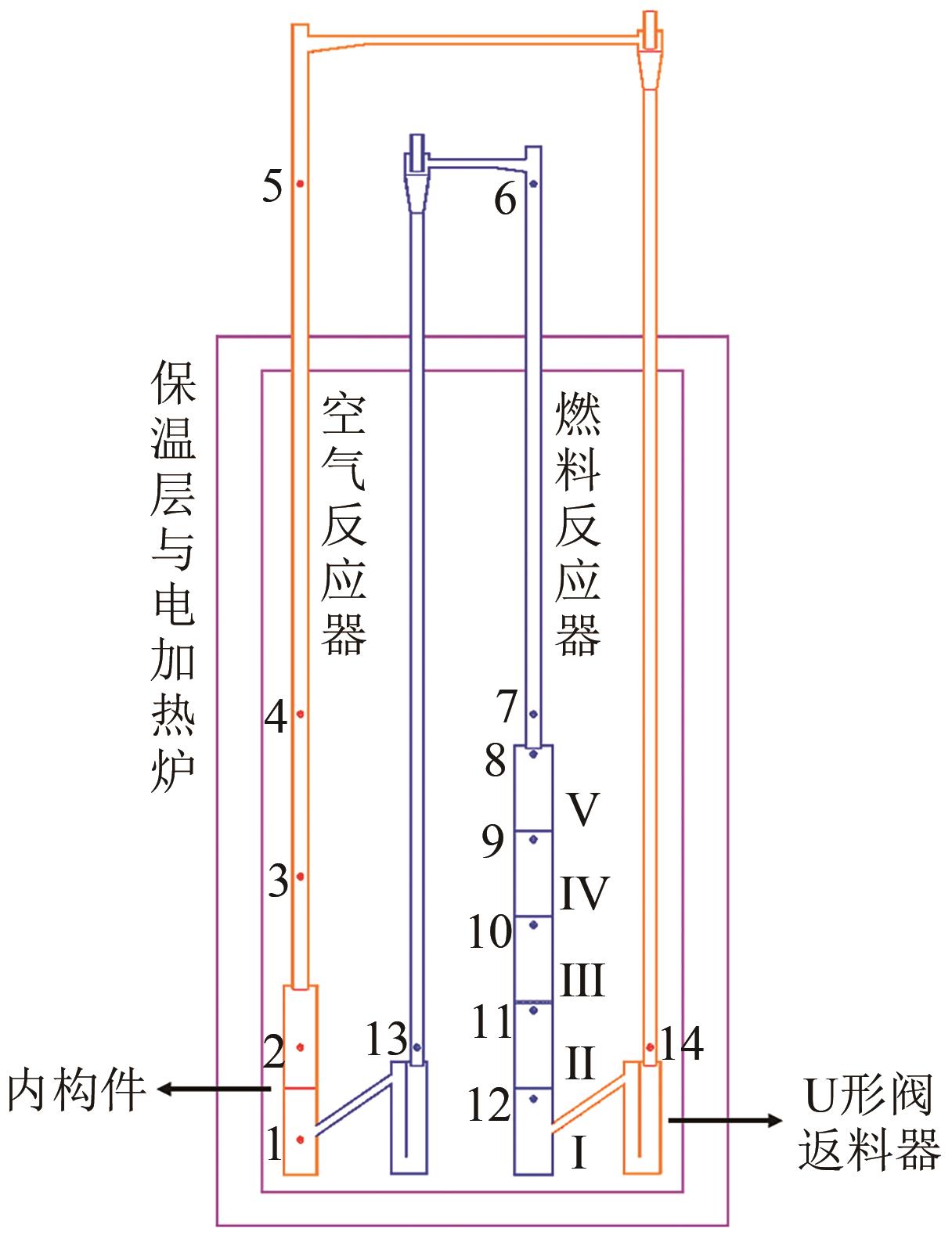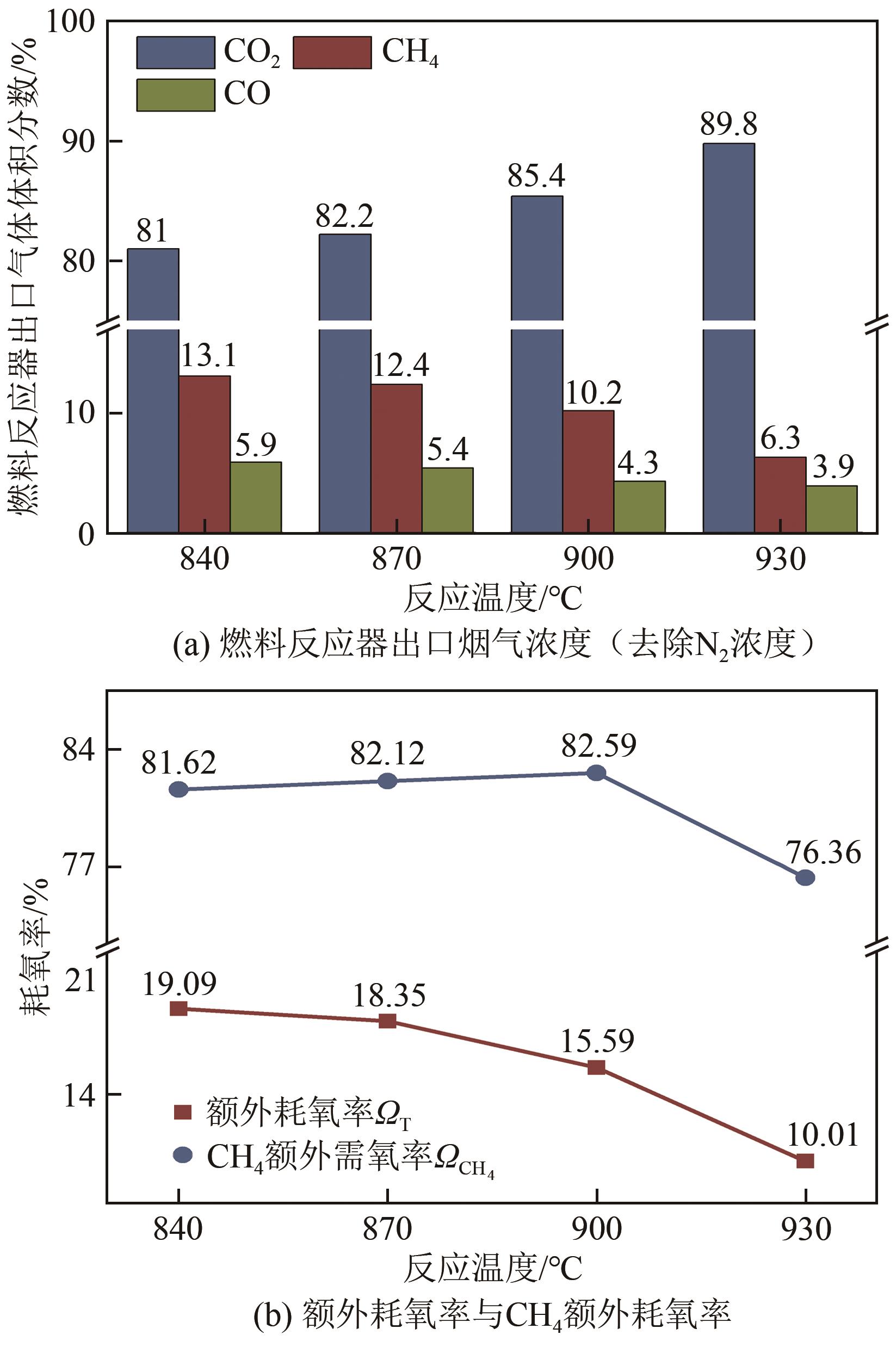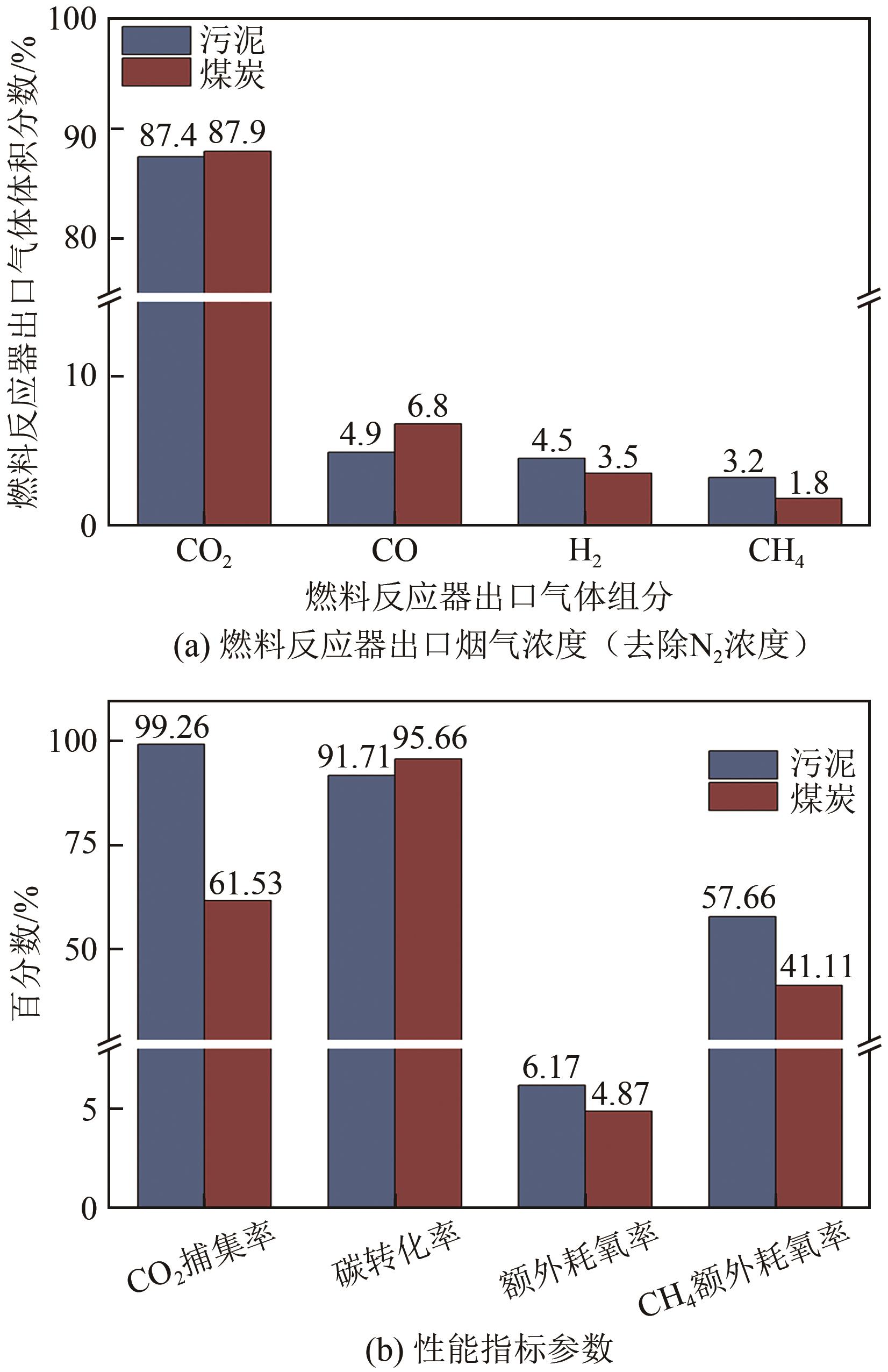| 1 |
WUEBBLES D J, FAHEY D W, HIBBARD K A, et al. Climate science special report: fourth national climate assessment, volume Ⅰ[R]. U.S. Global Change Research Program, 2017.
|
| 2 |
WANG F, HARINDINTWALI J D, YUAN Z Z, et al. Technologies and perspectives for achieving carbon neutrality[J]. The Innovation, 2021, 2(4): 100180.
|
| 3 |
ZENG L, CHENG Z, FAN J A, et al. Metal oxide redox chemistry for chemical looping processes[J]. Nature Reviews Chemistry, 2018, 2: 349-364.
|
| 4 |
ADANEZ J, ABAD A, MENDIARA T, et al. Chemical looping combustion of solid fuels[J]. Progress in Energy and Combustion Science, 2018, 65: 6-66.
|
| 5 |
韦泱均, 程乐鸣, 李立垚, 等. 化学链燃烧/气化双床系统运行与设计进展[J]. 石油学报(石油加工), 2020, 36(6): 1312-1330.
|
|
WEI Yangjun, CHENG Leming, LI Liyao, et al. Operation and design developments of dual-reactor systems for the chemical looping combustion/gasification[J]. Acta Petrolei Sinica (Petroleum Processing Section), 2020, 36(6): 1312-1330.
|
| 6 |
SONG Tao, SHEN Laihong. Review of reactor for chemical looping combustion of solid fuels[J]. International Journal of Greenhouse Gas Control, 2018, 76: 92-110.
|
| 7 |
ADANEZ J, ABAD A, GARCIA-LABIANO F, et al. Progress in chemical-looping combustion and reforming technologies[J]. Progress in Energy and Combustion Science, 2012, 38(2): 215-282.
|
| 8 |
吴健, 沈来宏, 蒋守席, 等. 基于双级燃料反应器的污泥化学链燃烧特性[J]. 化工进展, 2018, 37(7): 2830-2836.
|
|
WU Jian, SHEN Laihong, JIANG Shouxi, et al. Chemical looping combustion of sewage sludge based on two-stage fuel reactor[J]. Chemical Industry and Engineering Progress, 2018, 37(7): 2830-2836.
|
| 9 |
沈天绪, 吴建, 闫景春, 等. 双级燃料反应器的煤化学链燃烧特性[J]. 化工学报, 2018, 69(9): 3965-3974.
|
|
SHEN Tianxu, WU Jian, YAN Jingchun, et al. Chemical looping combustion of coal in a two-stage fuel reactor[J]. CIESC Jorunal, 2018, 69(9): 3965-3974.
|
| 10 |
MAREK E, ZHENG Y Y, SCOTT S. Enhancement of char gasification in CO2 during chemical looping combustion[J]. Chemical Engineering Journal, 2018, 15(354): 137-148.
|
| 11 |
成茂. 耦合环形炭分离器的煤化学链燃烧实验研究[D]. 北京: 清华大学, 2018.
|
|
CHENG Mao. Experimental investigation on coal-fired chemical looping combustion coupled with an annular carbon stripper[D]. Beijing: Tsinghua University, 2018.
|
| 12 |
ABAD A, MENDIARA T, GAYÁN P, et al. Comparative evaluation of the performance of coal combustion in 0.5 and 50 kW chemical looping combustion units with ilmenite, redmud or iron ore as oxygen carrier[J]. Energy Procedia, 2017, 114: 285-301.
|
| 13 |
朱晓, 沈来宏, 沈天绪, 等. 塔式化学链燃烧反应器系统的气固流动特性[J]. 化工进展, 2021, 40(8):4144-4151.
|
|
ZHU Xiao, SHEN Laihong, SHEN Tianxu, et al. Flow characteristics in a chemical-looping-combustion tower reactor[J]. Chemical Industry and Engineering Progress, 2021, 40(8):4144-4151.
|
| 14 |
FENG Xuan, SHEN Laihong, WANG Lulu. Effect of baffle on hydrodynamics in the air reactor of dual circulating fluidized bed for chemical looping process[J]. Powder Technology, 2018, 340: 88-98.
|
| 15 |
THON A, KRAMP M, HARTGE E U, et al. Operational experience with a system of coupled fluidized beds for chemical looping combustion of solid fuels using ilmenite as oxygen carrier[J]. Applied Energy, 2014, 118(1): 309-317.
|
| 16 |
PENTHOR S, STOLLHOF M, PRÖLL T, et al. Detailed fluid dynamic investigations of a novel fuel reactor concept for chemical looping combustion of solid fuels[J]. Powder Technology, 2016, 287: 61-69.
|
| 17 |
PÉREZ-VEGA R, ABAD A, GARCÍA-LABIANO F, et al. Coal combustion in a 50kW chemical looping combustion unit: seeking operating conditions to maximize CO2 capture and combustion efficiency[J]. International Journal of Greenhouse Gas Control, 2016, 50: 80-92.
|
| 18 |
BERDUGO VILCHES T, THUNMAN H. Experimental investigation of volatiles-bed contact in a 2—4 MWth bubbling bed reactor of a dual fluidized bed gasifier[J]. Energy & Fuels, 2015, 29(10): 6456-6464.
|
| 19 |
OHLEMÜLLER P, BUSCH J P, REITZ M, et al. Chemical-looping combustion of hard coal: autothermal operation of a 1MWth pilot plant[J]. Journal of Energy Resources Technology, 2016, 138(4): 042203.
|
| 20 |
MENDIARA T, PÉREZ-ASTRAY A, IZQUIERDO M T, et al. Chemical looping combustion of different types of biomass in a 0.5kW unit[J]. Fuel, 2018, 211: 868-875.
|
| 21 |
NIU Xin, SHEN Laihong, GU Haiming, et al. Sewage sludge combustion in a CLC process using nickel-based oxygen carrier[J]. Chemical Engineering Journal, 2015, 260(1): 631-641.
|
| 22 |
ZHU Xiao, FENG Xuan; ZOU Yuanyuan, et al. Effect of baffles on bubble behavior in a bubbling fluidized bed for chemical looping processes[J]. Particuology, 2020, 53: 154-167.
|
| 23 |
SHEN Tianxu, WANG Shen, YAN Jingchun, et al. Performance improvement of chemical looping combustion with coal by optimizing operational strategies in a 3kW interconnected fluidized bed[J]. International Journal of Greenhouse Gas Control, 2020, 98(5): 103060.
|
| 24 |
梅道锋. 煤化学链燃烧的铁/铜/锰基氧载体的实验及反应动力学研究[D]. 武汉: 华中科技大学, 2016.
|
|
MEI Daofeng. Experimental and kinetics investigation of iron/copper/manganese based oxygen carriers for chemical looping combustion of coal[D]. Wuhan: Huazhong University of Science and Technology, 2016.
|
| 25 |
WEI Qing, SUN Guogang, YANG Jingxuan. A model for prediction of maximum-efficiency inlet velocity in a gas-solid cyclone separator[J]. Chemical Engineering Science, 2019, 204(31): 287-297.
|
| 26 |
成茂, 陈虎, 刘磊, 等. 耦合环形炭分离器的煤化学链燃烧热态实验[J]. 燃烧科学与技术, 2019, 25(2): 117-123.
|
|
CHENG Mao, CHEN Hu, LIU Lei, et al. Hot model experimental study on coal-fired chemical looping combustion coupled with an annular carbon stripper[J]. Journal of Combustion Science and Technology, 2019, 25(2): 117-123.
|
| 27 |
王鹏, 文芳, 步学朋, 等. 煤焦与CO2及水蒸气气化反应的研究[J]. 煤气与热力, 2005, 25(3): 1-6.
|
|
WANG Peng, WEN Fang, BU Xueming, et al. Study on gasification reaction of coal char with CO2 and water vapour[J]. Gas & Heat, 2005, 25(3): 1-6.
|
| 28 |
周玉飞, 沈来宏, 顾海明, 等. 生物质灰对铁矿石载氧体性能的影响[J]. 东南大学学报(自然科学版), 2015, 45(3): 503-508.
|
|
ZHOU Yufei, SHEN Laihong, GU Haiming, et al. Effect of biomass ash on performance of iron ore as oxygen carrier in chemical looping combustion[J]. Journal of Southeast University (Natural Science Edition), 2015, 45(3): 503-508.
|
 ), SHEN Laihong2(
), SHEN Laihong2( )
)




